The Moon is the only natural satellite of the Earth and its own movement around our planet, which takes place in about 29 days, determines the alternation of the phases of the Moon.
During the New Moon (New Moon) the Moon is in Conjunction (Sun-Moon-Earth) e the face facing the Earth is shaded; during the Full Moon (Full Moon), i.e. when the Moon is in Opposition (Sun-Earth-Moon), the lunar face facing the Earth is hit by the sun’s rayswhich are reflected towards us, giving us the impression that the Moon emits its own light.
Between these two extremes the Moon appears to us illuminated “in segments” and is defined in Quadrature, that is, it is exactly halfway between Conjunction (New Moon) and Opposition (Full Moon).
It is known that the Moon exerts a gravitational attraction towards the Earth, which is responsible for the Tides, but Does the Moon also have any effect on agriculture? Is Sowing During the Full Moon Beneficial? In which phase of the moon should you Prune?
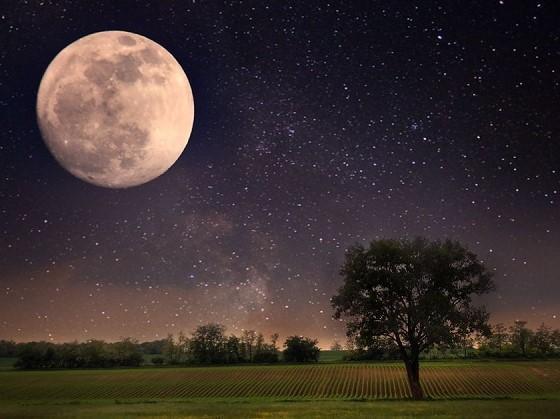
Popular Beliefs or Scientific Truths?
Since ancient times, our satellite has been attributed magical powers, such as the ability to influence childbirth, the growth of nails and the menstrual cycle or the sowing, harvesting and bottling of wine.
One of the easiest points to verify is the number of births as a function of the moon phase; well, statistical data carried out on many hospitals did not show any significant difference between the number of births during the “Full Moon” compared to other moments of the lunar cycle.
But let’s get to the heart of the matter, that is, the influence that the Moon has (would have) on the development and growth of plants.
According to popular sayings, everything needs to grow (e.g. sowing, transplants etc.) it must be done in the crescent Moon (phase leading to the Full Moon), while all that has to stop or “die” (eg harvesting fruit, cutting to obtain firewood, etc.) it should be performed on the waning moon.
But is it really true?
How Are the Life Processes of a Plant Regulated?
The phenomena underlying the growth and development of a plant are finely controlled and conditioned by countless factors.
THE phytohormones (if we want the analogues of hormones in animals) are the main endogenous factors And their presence / quantity regulates an infinite number of processesfrom the ability to heal the lesions due to a cut, to the directing of the new branches towards the light, up to the age in which there will be the first flowering. Phytohormones, in turn, can be regulated by external factorssuch as temperature, humidity, solar radiation, soil pH etc.
So, summing up, endogenous factors (phytohormones) and exogenousboth abiotic (temperature etc.) and biotic (Virus etc.), they regulate the rate of growth and any other cellular process in plants.
But does the Moon directly affect (light and / or attraction) or indirectly (by altering atmospheric conditions) the growth of plants?
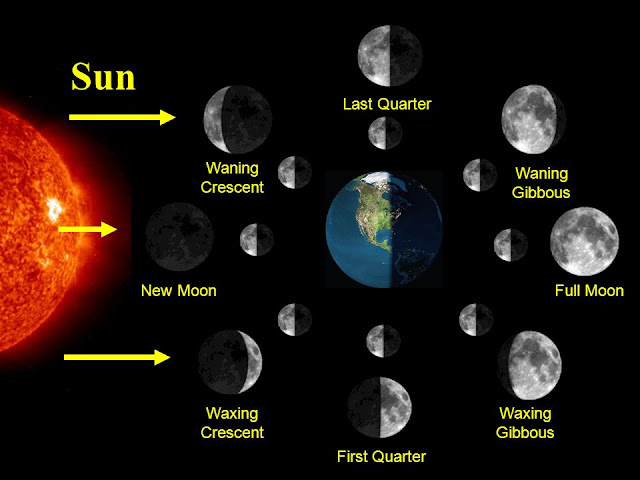
What are the Real Differences on Earth between New Moon and Full Moon?
Point 1 : Sun and Moon exert an attractive force towards the Earth, in charge of the Tides. The Moon exerts a greater attraction (given by the greater proximity to the Earth than the Sun) and follows a daily cycle observable at high and low tide, which are strengthened in some phases of the Lunar cycle. Without going into tedious details, the Lunisolar attraction is maximum during the New Moon (New Moon) and the Full Moon (Full Moon) and minimum during the Crescent.
So, in summary:
- we have high and low tide twice a day (which alternate every 6 hours), this is exclusively due to the attraction that the Moon exerts on the Earth
- twice each lunar cycle (approximately every 14 and a half days) the difference in height between high and low tide is maximumthis happens when the Moon is in Conjunction (or in Opposition) and depends on both the Lunar attraction and the Solar attraction.
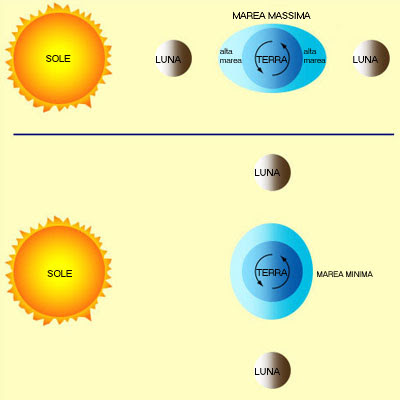
The Lunisolar attraction in itself it may (perhaps) have some influence on root developmentas noted in Arabidopsis thaliana (1), however the differences would be over the 24 hours (maximum extension during the two high tide peaks) and more markedly during the Full Moon and the New Moon (2). Consequently, even if it were true, it makes no sense to talk about a New Moon or Full Moon, given that from this point of view there is perfect symmetry and therefore both would have the same effect, among other things minority compared to the daily high and low tide.
According to some authors, during the full Moon, the lunar attraction would push the Sap towards the coma, while during the New Moon towards the roots. However, for what has been said above, there can be no correlation, since in these two phases of the moon also the tides have an identical behavior.
In short, Moonlight does not provide any additional energy for plant growth and, even if it provided it, it would be about 0.0002% of the diurnal one, therefore completely irrelevant.
The greater brightness during the Full Moon could be exploited by night-flowering plants to attract pollinating insects.
Well, it has been proven that the peak of flowering coincides with the Full Moon and it has been hypothesized that the greater brightness may make the flowers more visible (and therefore pollinated) by pollinating insects.
It could also be believed that the different phases of the moon affect climatic conditions (e.g. that it rains more frequently with the Full Moon), however even here there is no scientific evidence of the influence of the Moon on climatic events. The only scientifically proven lunar influence on terrestrial phenomena is the displacement of the waters of the seas (tides).
Conclusions:
Lunar calendars date back to centuries ago, a period in which popular beliefs were based on narrated experiences, not on scientific data rigorously collected and analyzed. in other words, the fact that the harvest grew well (or not) depended on other factors (rains, parasites, temperature, etc.), but one (or more) good seasons could coincide with having sown with a growing Moon and therefore, a bit as a superstitious gesture, sowing was always started in the same conditions, spreading the rumor that success was due to having sown in the crescent moon.
These beliefs have come down to the present day and for some they are “like the Gospel”. Unfortunately it is very difficult to dissuade a person (especially if not very young) from a belief that he has had all his life, but there are no rigorous scientific articles that highlight a Moon-Agriculture correlation.
Suffice it to say that large agricultural enterprises, which have hundreds of hectares to sow, do not follow any lunar calendar; they sow at the most appropriate time of the year, but maybe 10 days or more pass between the first and last fields; yet you will hardly see a big difference between the fields sown in the waxing and waning Moon.
In short, very little (with respect to the Sun) Full Moon light and gravitational attraction (among other things identical between New Moon and Full Moon) cannot in any way justify differences in the future development of your vegetables and plants, contrary to what is sometimes written in seed sachets.
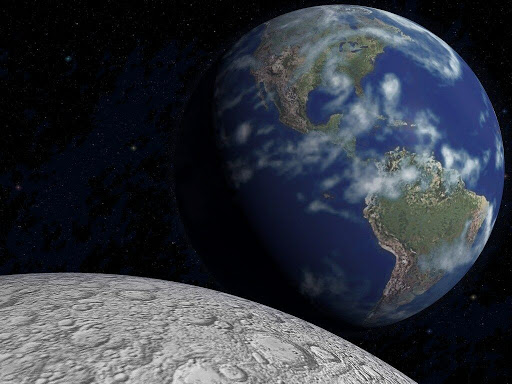

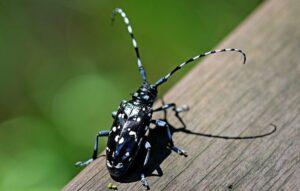
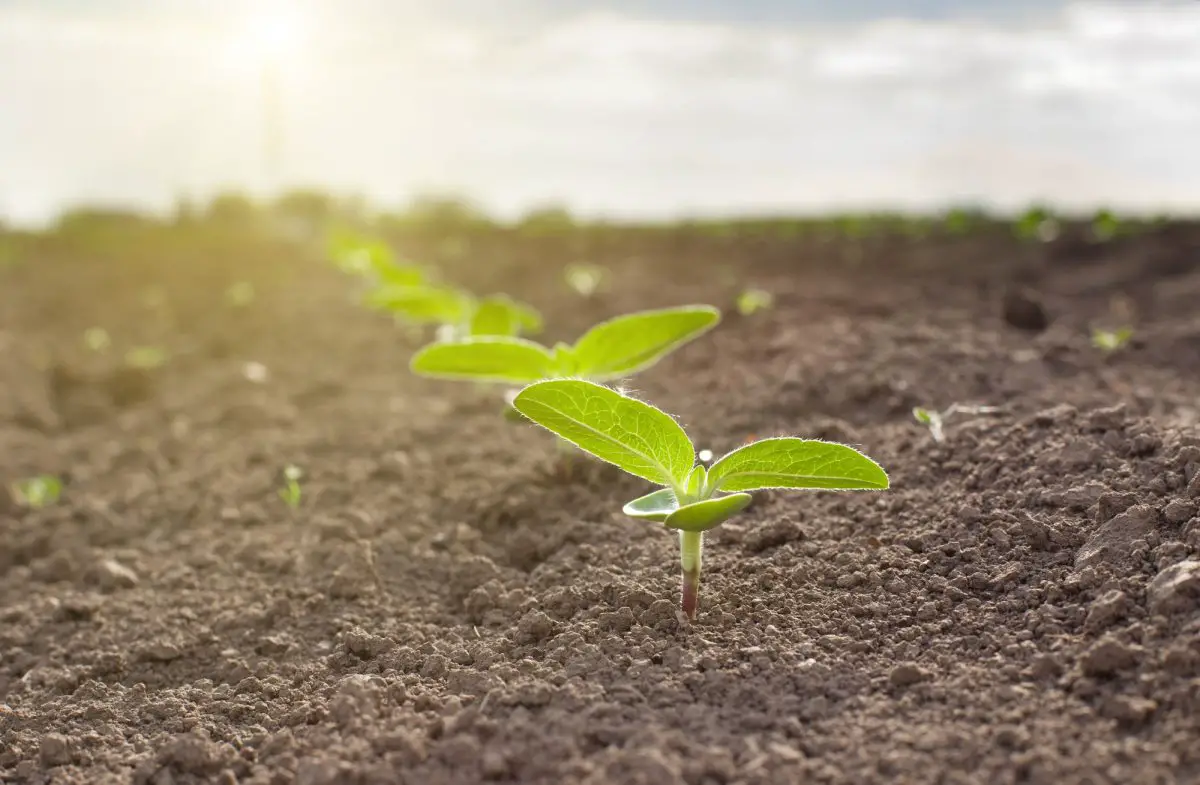

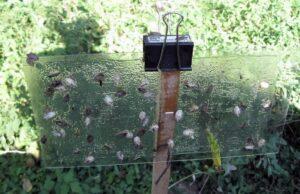
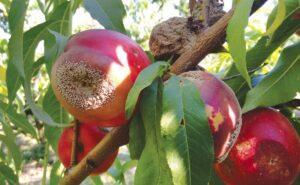
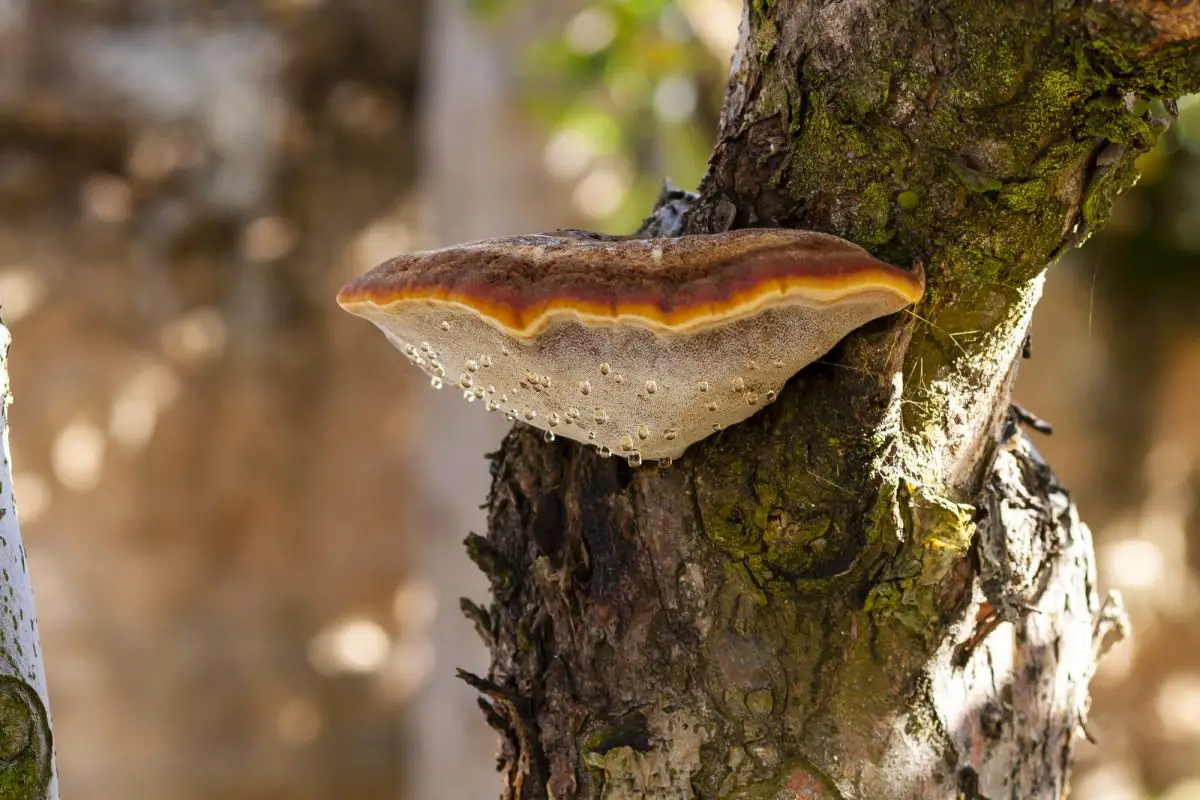
Start a new Thread